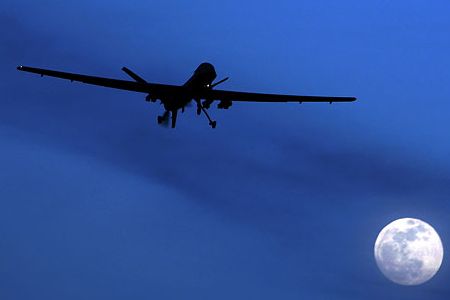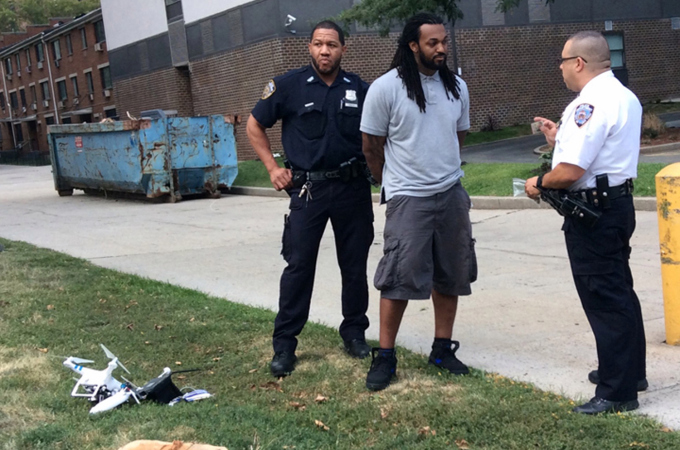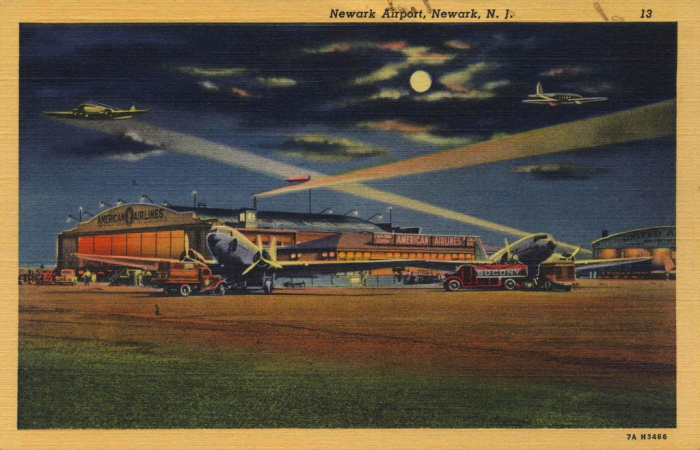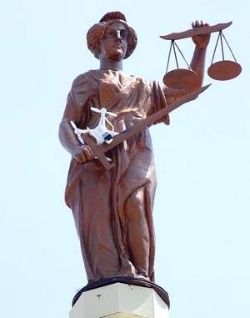MEGHAN LAWRENCE/FAIRFAX NZ

Howick brothers Mat Rowe and Seamus Rowe with the beginnings of their drone design. The third brother Shaun Pentecost, 35, who couldn’t make it along for the photo, is looking after the drone’s coding.
Three inventive brothers have been awarded $10,000 to design a new drone that could revolutionise the film industry.
Seamus and Mat Rowe and their brother Shaun Pentecost, all from Howick in East Auckland, are one of six teams to make the finals of the 2015 Callaghan Innovation C-PRIZE competition.
The competition is centred around producing the next generation of unmanned aerial vehicle (UAV) technology that can be used in big screen productions.

Seamus Rowe soldering together parts of the drone.
The brothers decided to take on the challenge of creating a drone that could not only film, but also record spoken dialogue with very little unwanted noise.
They hope their combined experience in electrical engineering and biotechnology will help them produce a marketable drone.
Seamus, 22, says there are a lot of drones already on the market, but the sound they make is horrible.
“The whole goal of this project is to try and make the drone quieter,” the Manukau Institute of Technology electrical engineering student says.
“At the moment the sound they produce is about 80 decibels, which is like shouting, so you can’t record audio from them at all because they are way too noisy.”
Mat, 39, says it is not about building a drone from scratch, but trying to create technology that will improve them.
“There are a number of ways of doing that but we have chosen the paths of active noise cancelling and actually making the drones themselves quieter,” he says.
Ad Feedback
The design includes 3D printed shrouding which will muffle the sound of the propellers, as well as technology that will record dialogue while removing any unwanted noise.
The brothers have four months to complete their prototype and are competing for the chance to win $50,000 and a trip to exhibit at the NAB trade show in Las Vegas.
The winners will also receive support from Callaghan Innovation and New Zealand Trade and Enterprise to release the drone on the international market.
It has also been a great way to launch their own technology discovery business, Dotterel Technologies, Mat says.
“It has been good to be given a start. If we were to win we would push it more towards a commercial product and look to expand into other industries such as agriculture,” Mat says.
The winner of the C-PRIZE competition will be announced in late November.
Go to cprize.nz for more information.
http://www.stuff.co.nz/technology/gadgets/71243859/launch-of-silent-drone-aims-to-advance-the-film-industry








